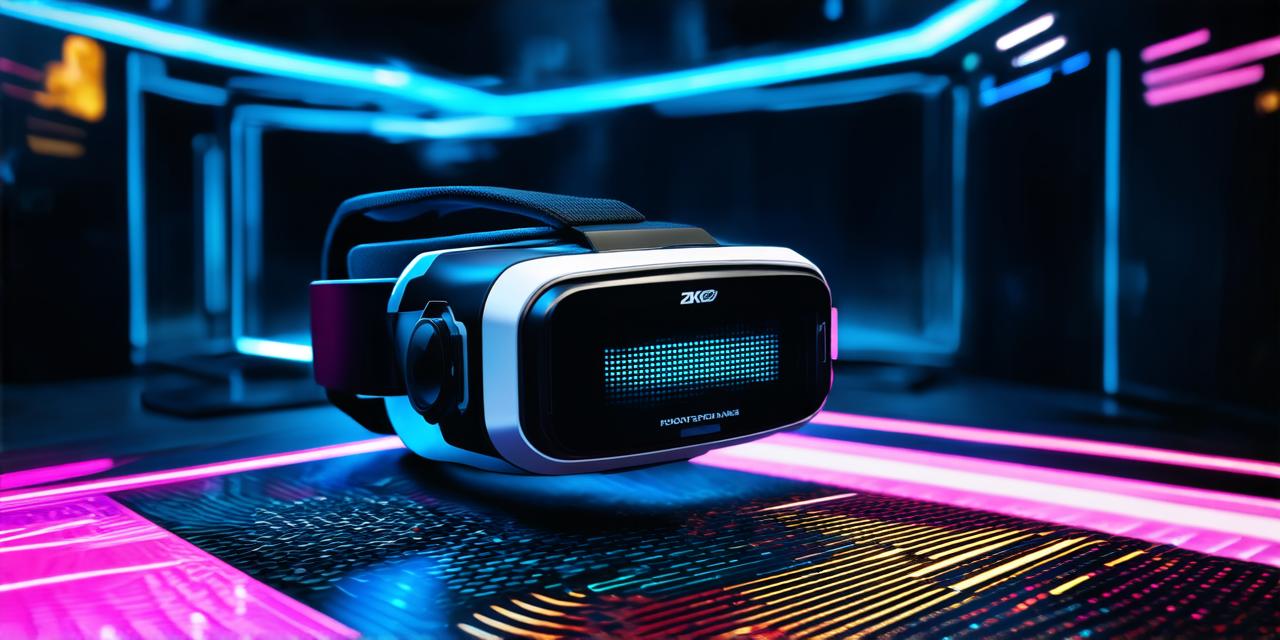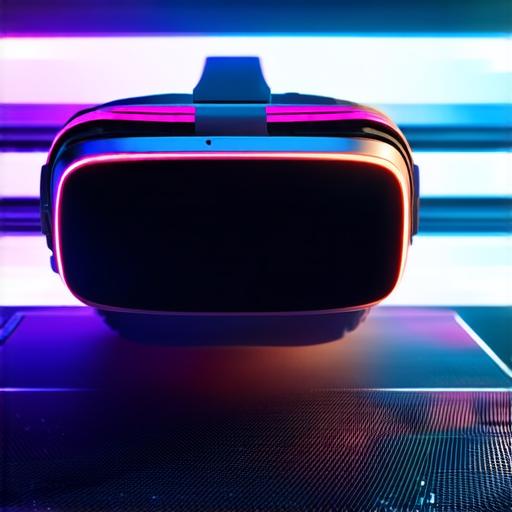
What does a virtual reality headset do?
Virtual reality (VR) technology has been around for decades, but it’s only in recent years that VR headsets have become more affordable and accessible to the general public. These devices are designed to create an immersive experience by placing the user inside a simulated environment that they can interact with using sensors and cameras on their body.
What is a VR Headset?
A VR headset is a device that allows users to experience virtual reality by placing them inside an immersive environment. It consists of a head-mounted display (HMD) and sensors that track the user’s movements using cameras, accelerometers, and gyroscopes. The HMD displays a 360-degree image that appears as if it is being viewed directly in front of the user.
The most popular VR headset on the market today is the Oculus Quest 2, which was released in October 2020. It features two high-resolution displays that provide a wide field of view and a resolution of 1832 x 1920 pixels per eye. The Quest 2 also has six degrees of freedom (6DOF) tracking, which allows users to move around freely within the virtual environment.
How Does a VR Headset Work?
The VR headset works by capturing the user’s movements and translating them into actions within the virtual environment. The sensors on the headset track the user’s head movement using cameras, accelerometers, and gyroscopes. This data is then used to adjust the image displayed in front of the user, creating an immersive experience that feels like they are truly inside the virtual world.
When a user looks around or turns their head, the sensors on the VR headset capture this movement and update the image accordingly. The same is true when a user moves their arms or hands. This allows users to interact with objects within the virtual environment, such as grabbing an object or shooting a weapon.
Benefits of Using a VR Headset
One of the biggest benefits of using a VR headset is the level of immersion that it provides. Users can feel like they are truly inside the virtual world and can interact with objects and other characters in a way that feels realistic. This makes VR an excellent tool for training simulations, gaming, and other applications where a high level of realism is required.
Another benefit of using a VR headset is that it allows users to experience things that they may not be able to do in real life. For example, a person with a fear of heights can use VR to simulate a climb up a tall building without actually leaving the safety of their home. Similarly, a person who has never been to a certain location can use VR to explore and experience that location as if they were really there.
Case Study: Virtual Medical Training
One area where VR technology is being used increasingly is in medical training. By using VR headsets, medical students and professionals can practice surgical procedures and other medical tasks in a safe and controlled environment. This allows them to gain experience without risking the lives of real patients.
In one study, medical students who underwent VR surgical training were found to have better surgical skills and confidence than those who did not receive any VR training. The study also found that VR training was more cost-effective than traditional surgical training methods.
Real-Life Examples of VR Applications

Virtual reality technology has a wide range of applications beyond gaming and training simulations. Here are just a few examples:


